Growing roses in the garden is bound to deliver spectacular results. There is a type for every garden size and style. From small patio roses for contemporary spaces or balcony gardens to climbing and rambling roses for larger spaces.
1. Pick of the bunch
Before getting started, it’s ideal to choose the right rose that will grow its best in the space you want to position it. Decide if you want a potted patio rose, a rambling rose for a pergola, or a large shrub with a mighty fragrance.
Once you’ve decided on what you want, ensure it is well suited to your garden to give it the best start.

2. Deadhead flowers
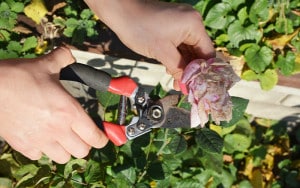
It is important to deadhead roses regularly as needed. It’ll help the plant to look neat and smart, and also ensuring the plant can concentrate its energy on repeat flowering and growing.
When deadheading it’s only necessary to remove the flowerhead. However, if the stems are weak, damaged, or diseased, these stems can be pruned back slightly too.
3. Feed what they need
Feeding roses with a suitable fertiliser like Miracle-Gro® Rose & Shrub Continuous Release Plant Food that contains potash and magnesium will help to boost blooms. You should apply the feed in spring, and then again after the first flowers have bloomed, around mid-summer.
Take care of the foliage by watering at the base of the plants, this will reduce the likelihood of causing and spreading diseases. Also, mulch the roses in spring and autumn using organic matter like well-rotted manure or compost.
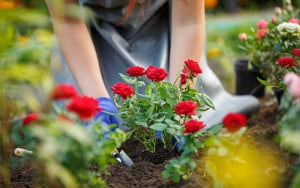
4. Down with disease

When choosing the rose, it’s wise to opt for a variety that is disease resistant, bred specifically to prevent mildew, blackspot, and other diseases prone in roses.
To keep on top of disease control, be sure to rake up and remove fallen leaves to prevent the spread of any infections or fungus.
5. Super support
Depending on the type, many roses will appreciate some support with poles and ties. Shrub roses, rambling roses and climbers can be trained and secured onto structures like pergolas, obelisks, or arches.
Find out more about tying in climbers here.
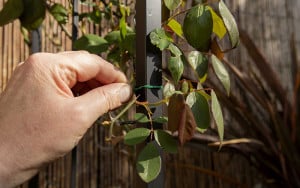
6. Prime position
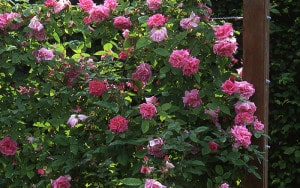
Another top tip is to not grow roses in the same place that a rose has been before. Instead, choose a different sunny spot to plant. This is because diseases can build up in the soil.
Also, roses having a specific hunger for minerals, so planting in the same spot could mean there is a lack of the correct nutrients.
Growing roses in the garden is a must, and there is sure to be a type to suit your garden size and style. With these tips you can grow your best roses and have beautiful blooms for years to come.
David Domoney is a Chartered Horticulturalist, Broadcaster, and Author. David has worked with a number of the UK’s leading garden retailers as a plant buyer and strategic consultant. With more than 30 years experience, in horticulture, David is as passionate about plants now as he was when he bought his first plant at a village fete.

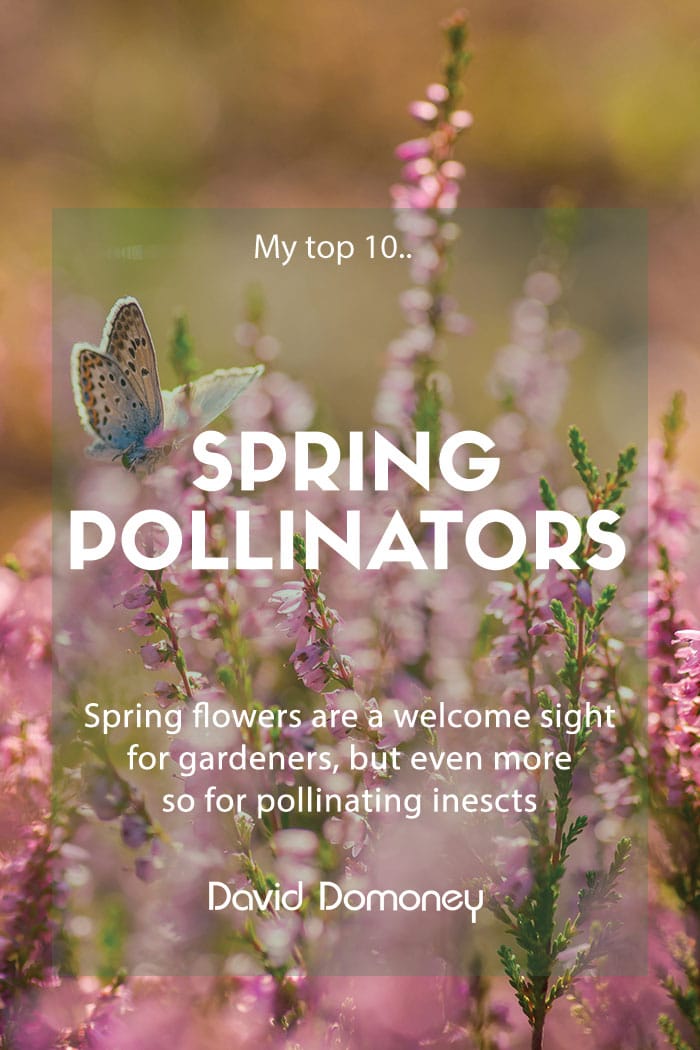
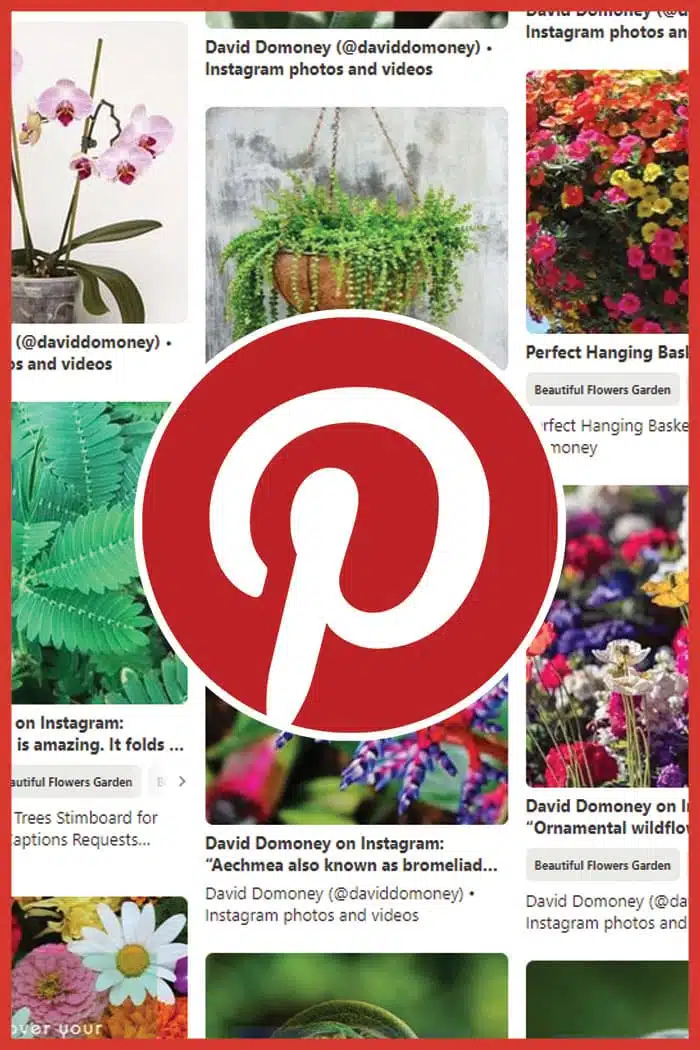

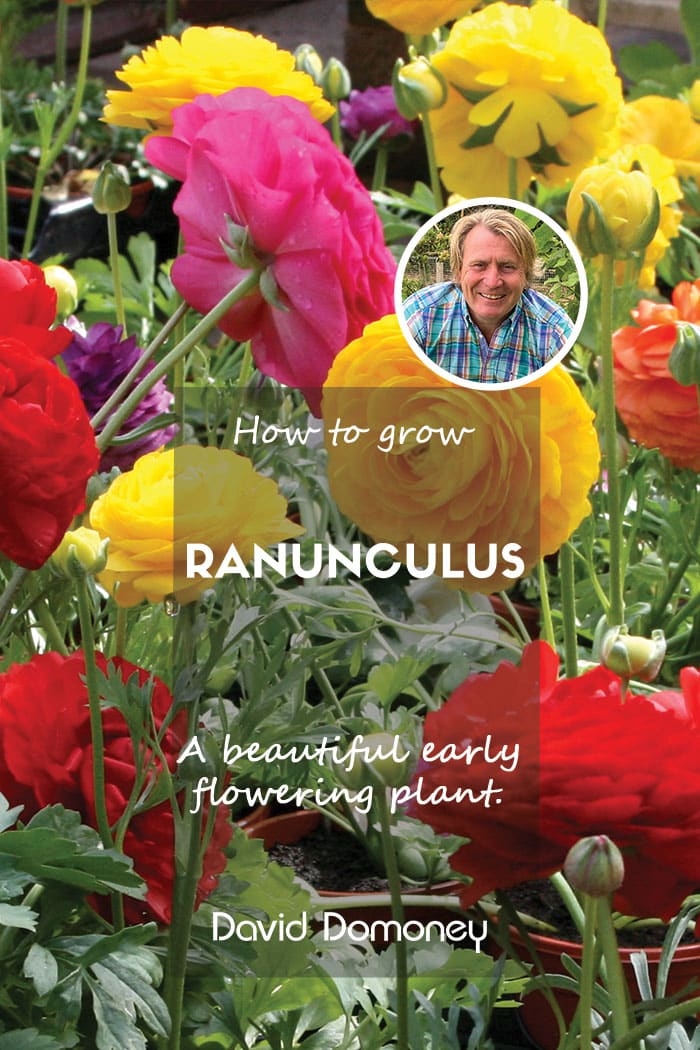

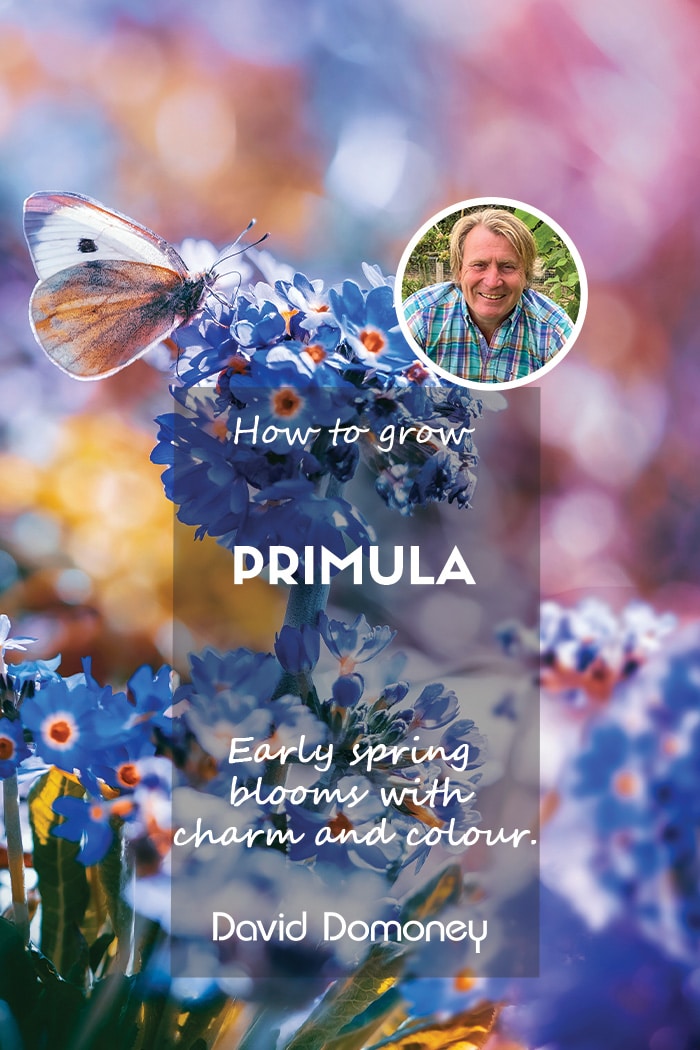
Leave A Comment